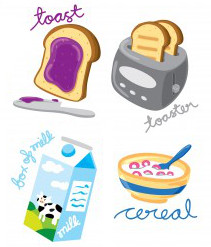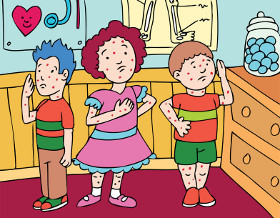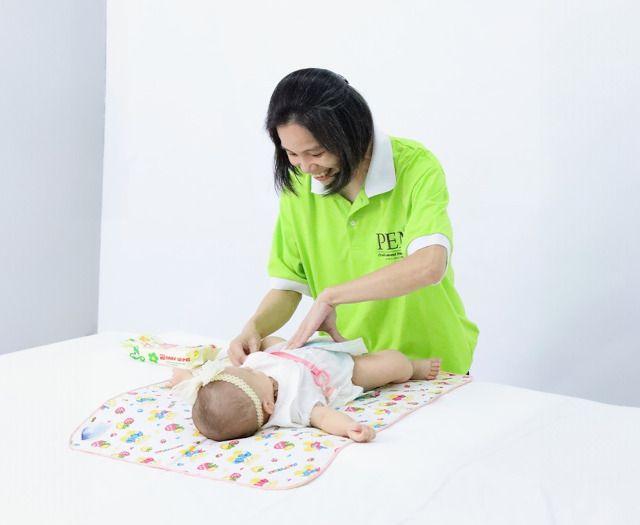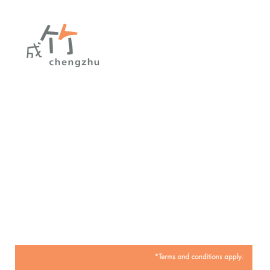The Centers for Disease Control and Prevention estimates that about 3 million American children under the age of 18 had some type of food allergies in 2007.
1. What is food allergy?
Food allergy is an abnormal immune response to a certain food that the body reacts to as harmful. According to the Centers for Disease Control and Prevention, although any child can be at risk for food allergies, children are at greater risk if they are younger than age 3. They are also at greater risk if they have a family history of asthma and allergies, a genetic predisposition to allergic disease, or elevated allergen-specific serum immunoglobulin levels (IgE concentrations).
2. Common allergens
Allergens may be inhaled, ingested, applied to the skin, or injected into the body either as a medication or inadvertently by an insect sting. The symptoms and conditions that result depend largely on the route of entry and level of exposure to the allergens.
There are eight types of food are responsible for more than ninety percent of the allergic reactions:

- Milk
- Eggs
- Peanuts
- Tree nuts
- Fish
- Shellfish
- Soy
- Wheat
The most common food allergens that children can face are eggs, milk, and peanuts. There is no cure for food allergy, and strict avoidance is the only way to prevent a reaction. Other allergic reactions are known to occur from insect venom (e.g., bee stings), medications, and latex. An allergic reaction can occur within minutes or up to hours upon exposure.
The good news is some children can sometimes outgrow their allergies, but the adults usually do not. Children are more likely to outgrow allergies to milk, eggs, or soy than allergies to peanuts, fish, or shrimp.
3. Symptoms of food allergies

Reactions can range from minor irritation to life-threatening anaphylaxis, a dangerous immune system reaction that requires immediate treatment with an EpiPen and trip to the emergency room. They can commonly include one or more of the following :
- Hives
- Tingling in the mouth
- Swelling in the tongue and throat
- Difficulty breathing due to tightening of the throat
- Teary eyes
- Runny nose
- Abdominal cramps
- Vomiting or diarrhoea
- Eczema or rash
- Coughing or wheezing or constriction of the lungs
- Loss of consciousness
- Dizziness
4. Treatment and prevention of food allergies
Antihistamines or bronchodilators are commonly used to treat mild symptoms of food allergies. Epinephrine or otherwise known as Epi-pen are usually used to treat severe or anaphylactic reactions. At present, there is no cure for food allergies. The best method for managing food allergies is prevention by way of strict avoidance of any food that may trigger a reaction.
5. What you can do to be more supportive and care for those with allergies:
- List down the possible allergens on a card or menu that can be viewed easily before one attempts to take or order the food – whether the food is homemade or catered or if you own a restaurant.
- If you own a restaurant, or if you are a teacher in a school or a childcare, it is imperative that you and your staff be made aware and be well prepared to prevent, when possible, and respond, when necessary, to emergency medical situations in your environment. Ready emergency numbers, and know the shortest route to the nearest hospital, and keep antihistamines in the compound at all times.
- If you are out dining with a friend or child who may be allergic to certain food, you can help them keep a lookout for the possible allergens in the food menu.
- Do your homework on the types of restaurants with allergen-free food before bringing your friend, who may be allergic, out for a meal. Or you can suggest that he or she decides where she wishes to dine.
By Yvonne Chee.
* * * * *
Looking to reach over 100,000 parents in Singapore? Let us amplify your message! Drop your contact details here, and we’ll reach out to you.
Discover exciting family-friendly events and places to explore! Join our Telegram channel for curated parenting recommendations.












































